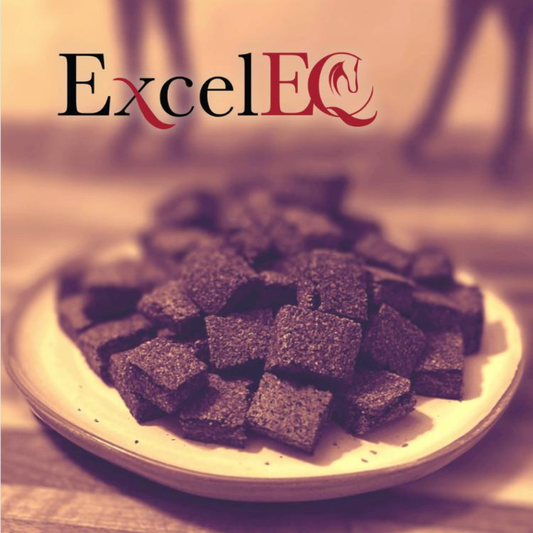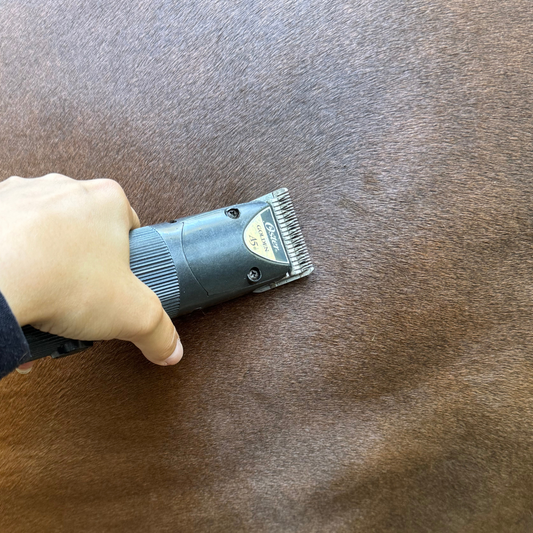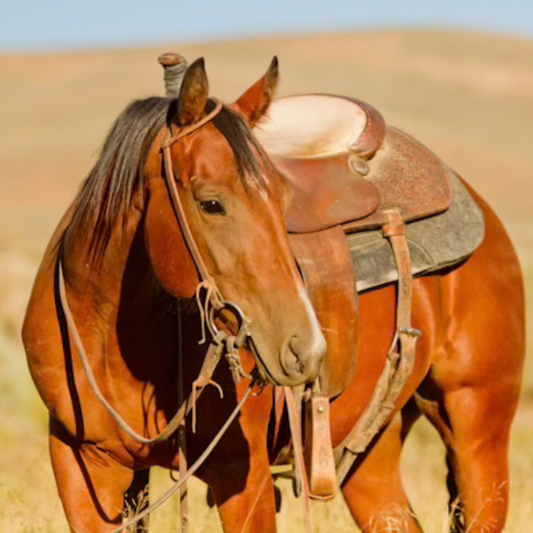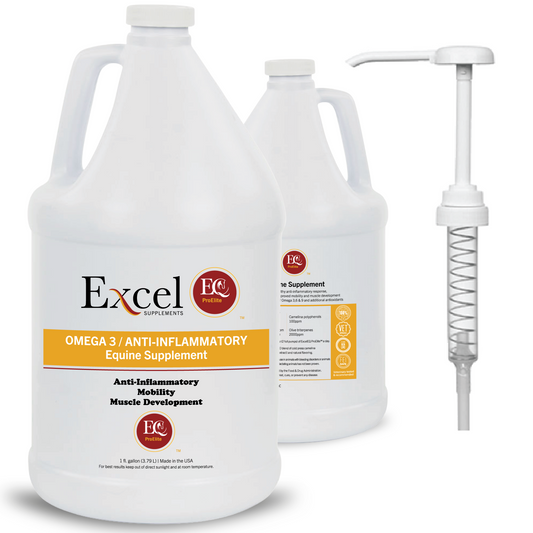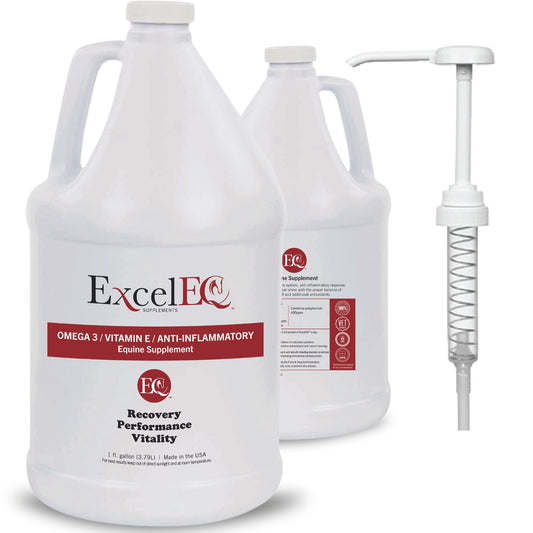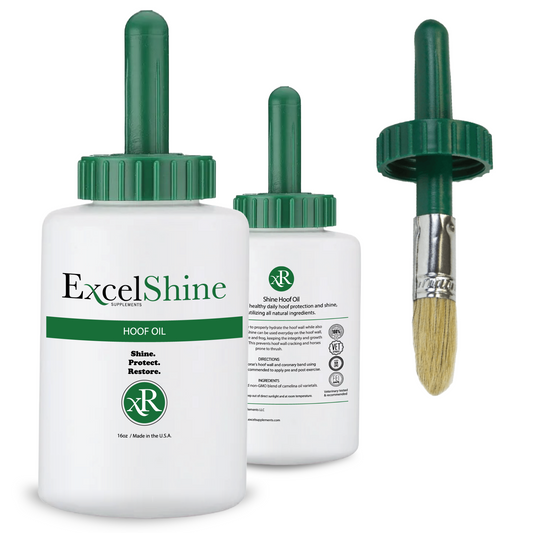What to Feed a Horse with Laminitis: Diet Tips for Optimal Health
Share
Managing a horse with a history of laminitis involves careful consideration of their diet. Laminitis, a painful condition affecting the hooves, requires a specialized feeding regimen to support recovery and prevent flare-ups. Here’s a comprehensive guide on what to feed your horse to ensure their health and well-being.

Understanding Dietary Needs of Horses with Laminitis
Laminitis is a serious condition that inflames the laminae of the hoof, leading to pain and potential lameness. A horse with a history of laminitis needs a diet that minimizes risk factors while promoting overall health. The right nutrition plays a crucial role in managing this condition.
Key Components of a Laminitis-Friendly Diet
Low-Sugar and Low-Starch Feeds
Horses with laminitis benefit from feeds that are low in sugar and starch. Excessive sugar and starch can contribute to laminitis flare-ups. Opt for feeds specifically formulated for laminitic horses, which are often labeled as “low-sugar” or “low-starch.”
High-Quality Forage
High-quality forage, such as hay, should be a staple in the diet. Choose hay with lower sugar content, like timothy or meadow hay, and avoid alfalfa, which can be higher in sugars and protein. Always provide forage free of mold and dust.
Supplements for Hoof Health
Certain supplements can support hoof health and help manage laminitis. Camelina oil, rich in omega-3 fatty acids, is an excellent choice. It aids in reducing inflammation and supports overall hoof integrity. Excel Supplements offers premium camelina oil products to support hoof health including:
- ExcelEQ ProElite to support optimal hoof growth from the inside
- ExcelShine for wet conditions
- ExcelRescue Hoof Support for dry conditions
Controlled Amounts of Grains
If grains are necessary, use them sparingly and choose those formulated for laminitic horses. Ensure that grains are low in sugar and starch to avoid exacerbating the condition.
Hydration and Monitoring Horses with Laminitis
Proper hydration is essential for all horses, especially those with laminitis. Always provide access to clean, fresh water. Monitor your horse’s weight and condition regularly, adjusting their diet as needed.
Consultation with Your Veterinarian
Always consult with your veterinarian before making significant changes to your horse’s diet. Your vet can offer tailored advice based on your horse’s specific needs and history of laminitis.
Conclusion
Feeding a horse with a history of laminitis requires careful selection of low-sugar, low-starch feeds, high-quality forage, and beneficial supplements. By incorporating these dietary strategies, you can help manage laminitis and support your horse’s overall health. For top-quality supplements like camelina oil, Excel Supplements is here to assist you in maintaining your horse’s well-being.
For updated information on equine care, trending topics and discount opportunities follow us on social!
Follow us on Instagram: @excelsupplements
Keep up to date with us on Facebook: Excel Supplements

